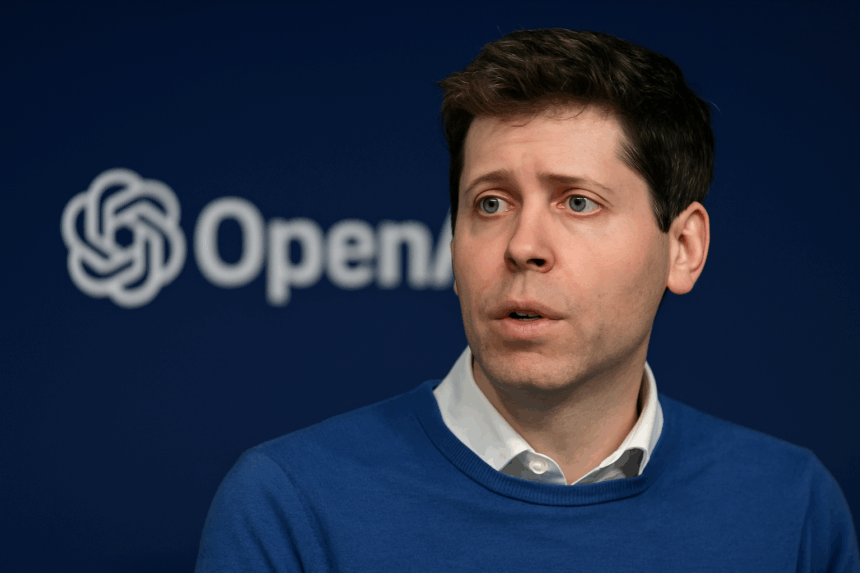OpenAI, the company responsible for the breakthrough generative artificial intelligence powering systems like ChatGPT, announced that it will remain under a non-profit governance structure in a key decision that has shaken up the tech industry. This decision comes months after OpenAI initially proposed transitioning to a more traditional for-profit model. This choice allows the company to raise more capital and offer equity to employees.
TF delves into the decision’s significance, how it impacts OpenAI’s future, and what it means for the greater AI tech industry.
What’s Happening & Why This Matters
OpenAI was initially set to restructure as a public benefit corporation (PBC), a hybrid model between for-profit and non-profit organizations. The company hoped this would make it easier to attract investment, particularly to retain top talent and expand its capabilities. However, after significant discussions with civic leaders and state officials, including the Attorneys General of California and Delaware, OpenAI kept its non-profit model intact.

This decision keeps OpenAI under the oversight of its non-profit organization, despite its for-profit arm operating as a limited liability company (LLC). In a letter to employees, CEO Sam Altman emphasized that this transition to a public benefit corporation is a strategic move to ensure that OpenAI’s mission remains intact while still attracting the capital needed to fuel its innovations.
External concerns partly influenced the move to maintain the non-profit structure. Civic leaders and government officials raised concerns about the implications of AI becoming purely profit-driven. They pushed for more oversight, emphasizing the need for ethical AI development and accountability. In response, OpenAI chose to pursue a balanced approach, reassuring stakeholders that it would continue to prioritize societal benefits alongside its technological advancements.
Despite the shift in structure, OpenAI remains backed by major investors, including Microsoft, which has contributed significantly to the company’s growth. The decision to stay under non-profit control does not signal a pullback on investment; instead, it suggests that OpenAI is navigating the complex landscape of AI ethics, capital funding, and technological innovation in a way that balances its responsibility to society with its need for investment and growth.
TF Summary: What’s Next
Looking ahead, OpenAI plans to continue evolving under the public benefit corporation model. This restructuring ensures that OpenAI’s values align with the public good, especially as the company deepens its involvement in generative AI. It will also increase collaboration with government officials, investors, and civil society to establish more straightforward guidelines for developing and deploying AI technologies.
With the AI industry expanding rapidly, OpenAI’s decision to keep its non-profit structure could serve as a model for other companies looking to balance innovation with ethical responsibilities. The conversation about how best to govern AI companies is just beginning, and OpenAI’s choice will serve as a benchmark for the industry.
— Text-to-Speech (TTS) provided by gspeech


